Introduction
Food is more than just sustenance; it is a universal language that transcends borders, cultures, and time. A culinary journey, or "美食之旅" in Chinese, is an exploration of the world through its diverse cuisines, flavors, and traditions. This journey is not just about tasting different dishes but also about understanding the history, culture, and people behind them. In this article, we will embark on a gastronomic adventure, exploring the rich tapestry of global cuisines and the stories they tell.
The Essence of a Culinary Journey
A culinary journey is a sensory experience that engages all five senses. It begins with the sight of beautifully plated dishes, the aroma of spices wafting through the air, the sound of sizzling pans, the texture of food in your mouth, and, of course, the taste of flavors that dance on your palate. This journey is not limited to fine dining or exotic ingredients; it can be as simple as a street food vendor's stall or a home-cooked meal shared with locals.
Asia: A Melting Pot of Flavors
Our journey begins in Asia, a continent known for its diverse and vibrant cuisines. In China, the birthplace of "美食之旅," we find a rich culinary heritage that spans thousands of years. From the spicy flavors of Sichuan cuisine to the delicate dim sum of Cantonese cooking, Chinese food is a reflection of the country's vast geography and history.
Moving south to Thailand, we encounter a cuisine that balances sweet, sour, salty, and spicy flavors. Thai food is known for its use of fresh herbs and spices, such as lemongrass, galangal, and kaffir lime leaves. Dishes like Tom Yum Goong (spicy shrimp soup) and Pad Thai (stir-fried noodles) are staples that showcase the complexity of Thai flavors.
In Japan, the culinary journey takes a more refined turn. Japanese cuisine, or washoku, emphasizes seasonality, simplicity, and presentation. Sushi, sashimi, and tempura are just a few examples of dishes that highlight the Japanese philosophy of harmony and balance. The art of sushi-making, in particular, is a testament to the precision and dedication of Japanese chefs.
Europe: A Tapestry of Traditions
Crossing over to Europe, we find a continent rich in culinary traditions. In Italy, the birthplace of pasta and pizza, food is a way of life. Italian cuisine is characterized by its use of fresh, high-quality ingredients and simple preparation methods. Dishes like spaghetti carbonara, risotto, and tiramisu are beloved around the world for their comforting flavors.
France, often considered the culinary capital of the world, offers a more sophisticated dining experience. French cuisine is known for its techniques, such as sautéing, braising, and baking, as well as its use of rich sauces and buttery pastries. From coq au vin to croissants, French food is a celebration of flavor and artistry.
In Spain, the culinary journey takes a more communal turn. Spanish cuisine is known for its tapas, small plates of food that are meant to be shared. Dishes like patatas bravas, gambas al ajillo, and paella are perfect examples of the convivial nature of Spanish dining. The tradition of tapas encourages conversation and connection, making it a social experience as much as a culinary one.
The Americas: A Fusion of Cultures
In the Americas, the culinary journey is a reflection of the continent's diverse cultural influences. In Mexico, we find a cuisine that blends indigenous ingredients with Spanish flavors. Dishes like tacos, enchiladas, and mole are staples of Mexican cuisine, showcasing the use of corn, beans, and chili peppers.
In the United States, the culinary landscape is a melting pot of cultures. From Southern barbecue to New England clam chowder, American cuisine is as diverse as its people. The influence of immigrant communities has led to the creation of fusion cuisines, such as Tex-Mex and California rolls, which blend traditional flavors with new ingredients and techniques.
In South America, the culinary journey takes us to countries like Peru and Argentina. Peruvian cuisine is known for its use of indigenous ingredients, such as quinoa and potatoes, as well as its fusion with Japanese and Chinese flavors. Dishes like ceviche and lomo saltado are perfect examples of this unique blend. In Argentina, the focus is on meat, particularly beef, which is often grilled to perfection in the form of asado.
Africa: A Continent of Flavors
Our culinary journey would not be complete without a visit to Africa, a continent with a rich and diverse culinary heritage. In North Africa, we find cuisines that are influenced by Arab, Berber, and Mediterranean flavors. Dishes like couscous, tagine, and falafel are staples of North African cuisine, showcasing the use of spices, grains, and legumes.
In West Africa, the culinary journey takes a more hearty turn. West African cuisine is known for its use of starchy staples, such as yams, cassava, and plantains, as well as its bold flavors. Dishes like jollof rice, egusi soup, and suya are perfect examples of the region's vibrant and flavorful cuisine.
In East Africa, the focus is on simplicity and freshness. Ethiopian cuisine, in particular, is known for its use of injera, a sourdough flatbread, and a variety of stews and salads. The tradition of communal dining, where food is shared from a single platter, is a reflection of the region's emphasis on community and togetherness.
Conclusion
A culinary journey, or "美食之旅," is more than just a trip around the world; it is an exploration of culture, history, and humanity. Through food, we can connect with people from different backgrounds, learn about their traditions, and gain a deeper understanding of the world around us. Whether it's a bowl of steaming ramen in Japan, a plate of paella in Spain, or a spicy curry in India, each dish tells a story and offers a glimpse into the soul of a culture. So, the next time you sit down to a meal, remember that you are not just eating; you are embarking on a journey—one that has the power to transform and inspire.






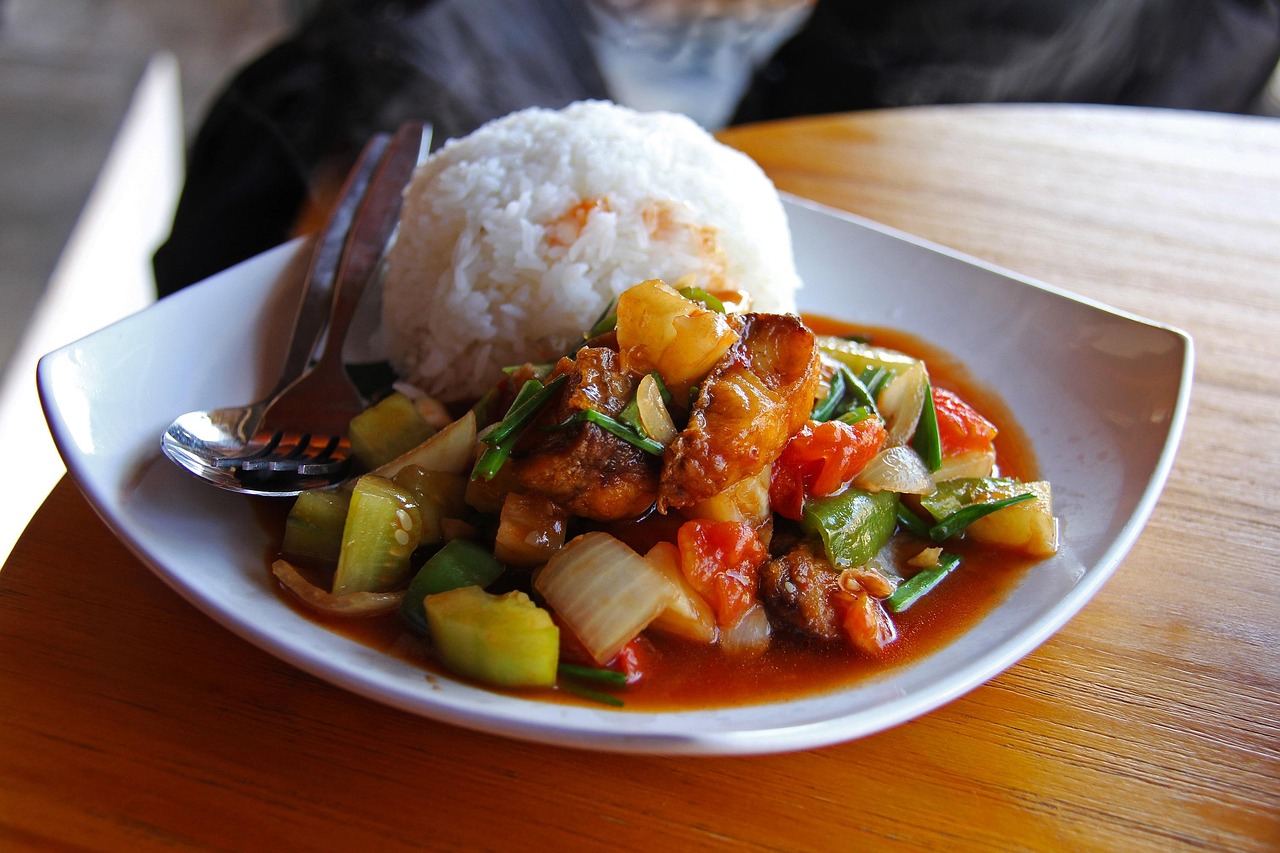


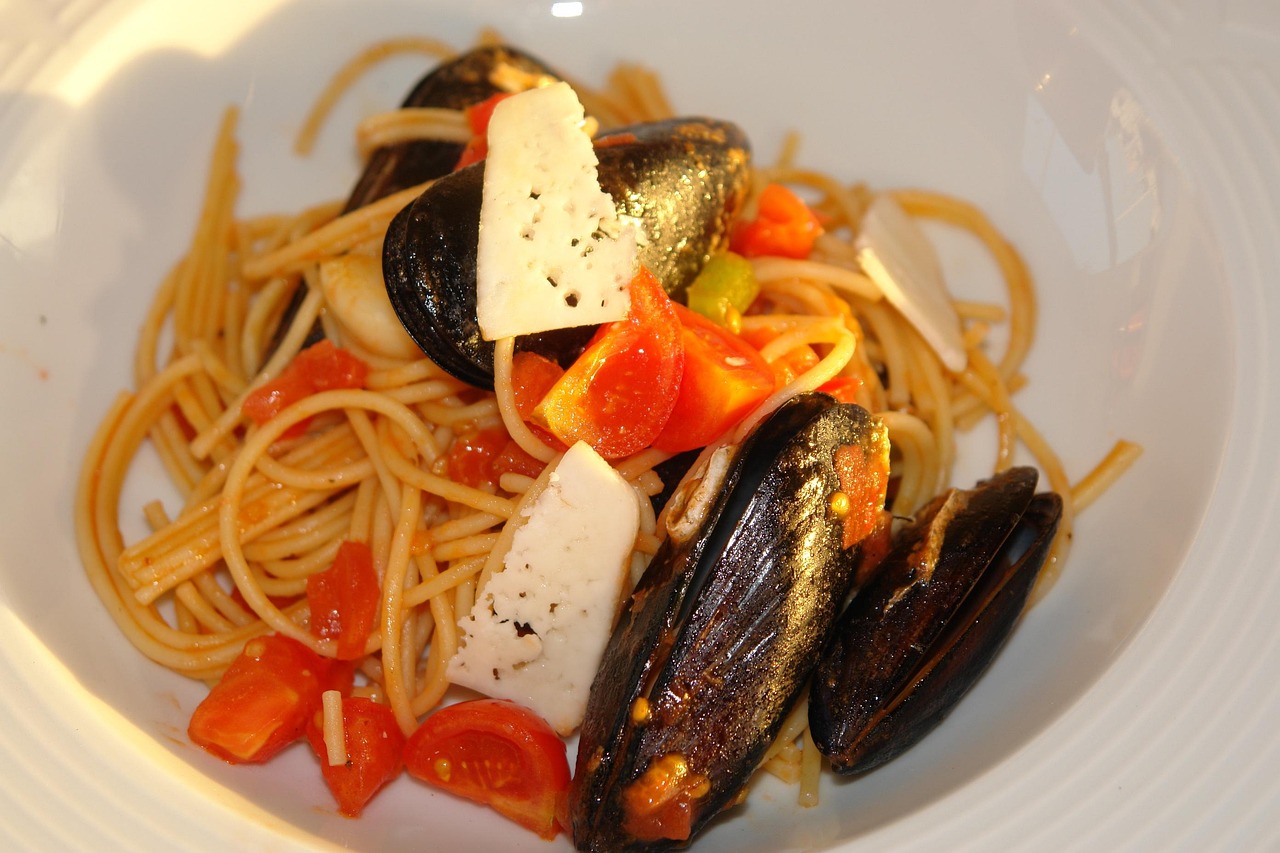
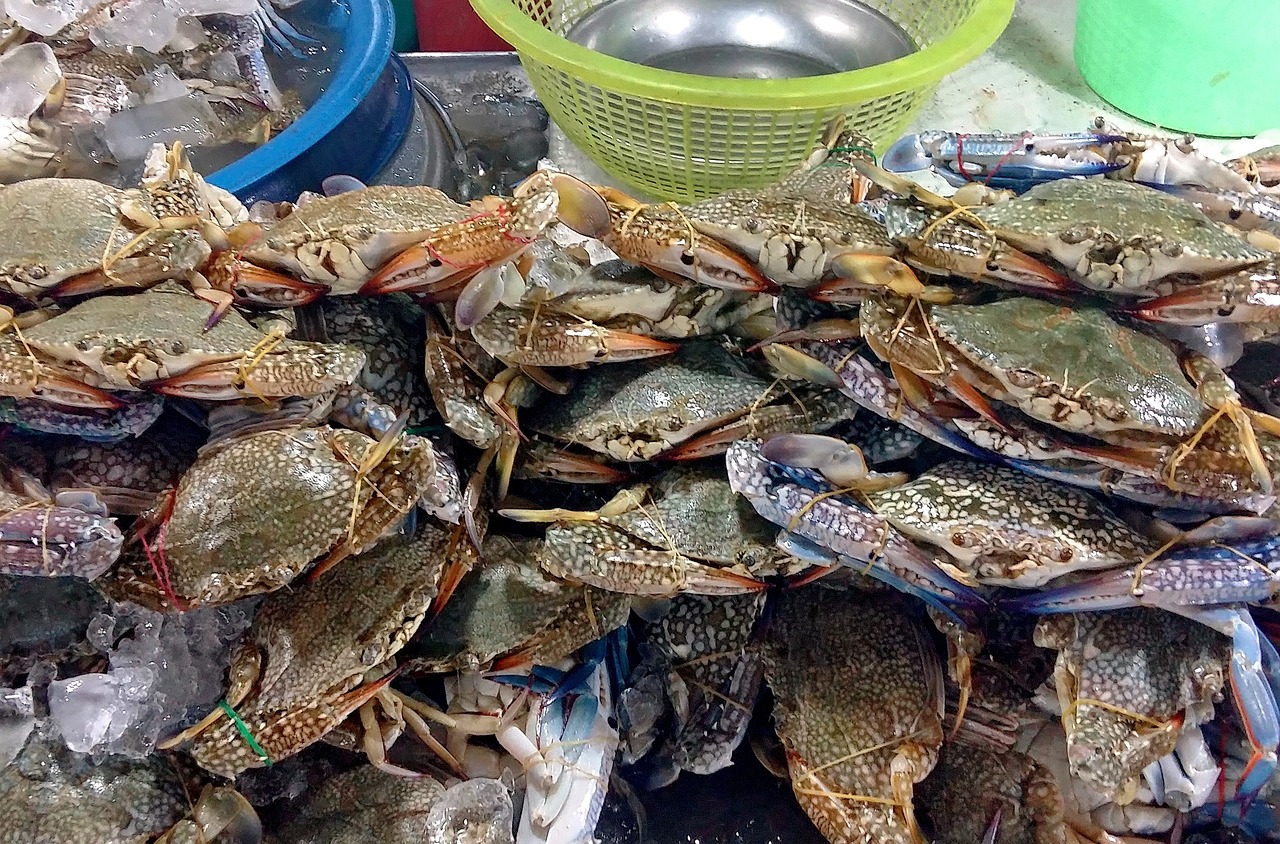

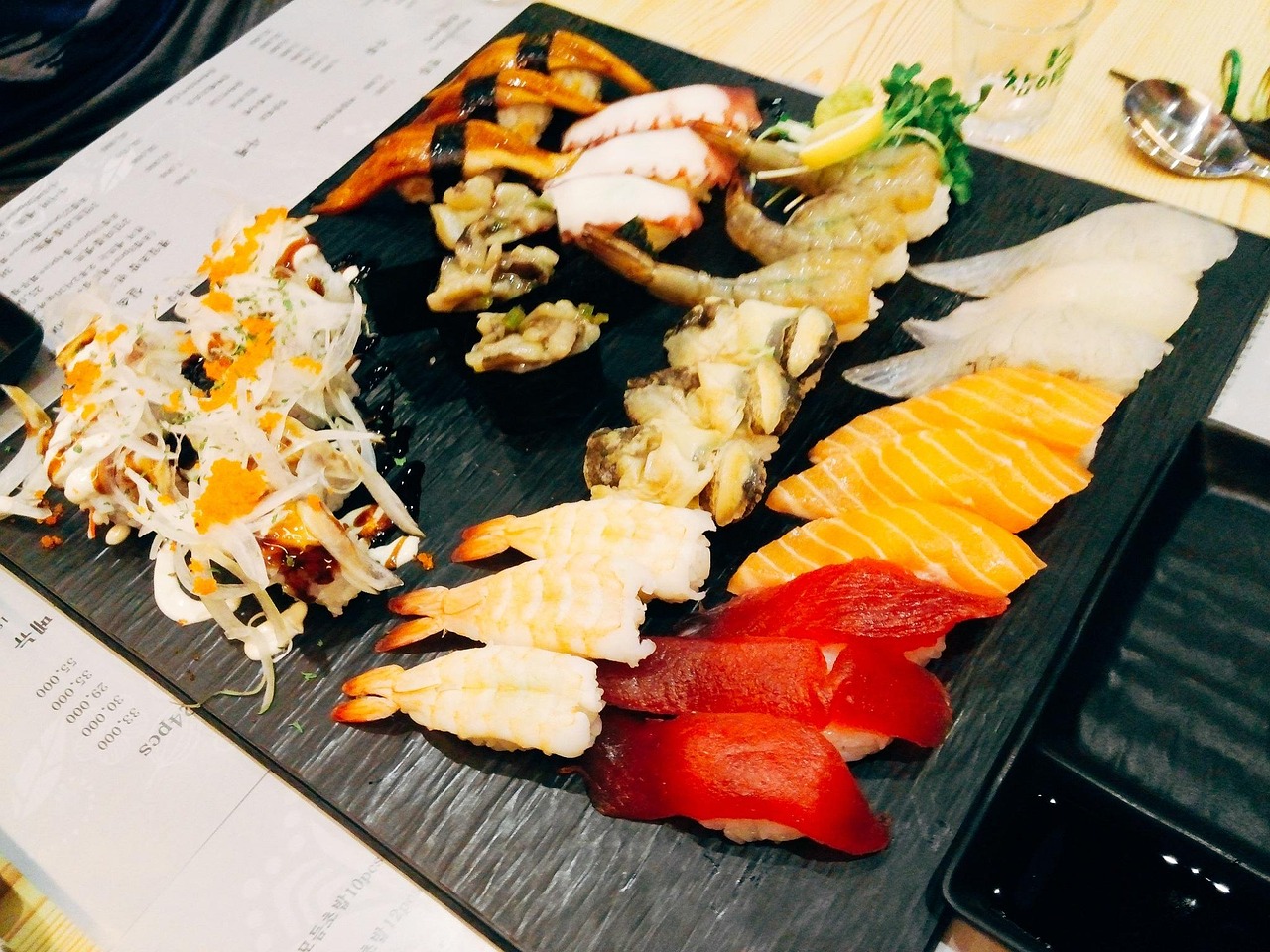
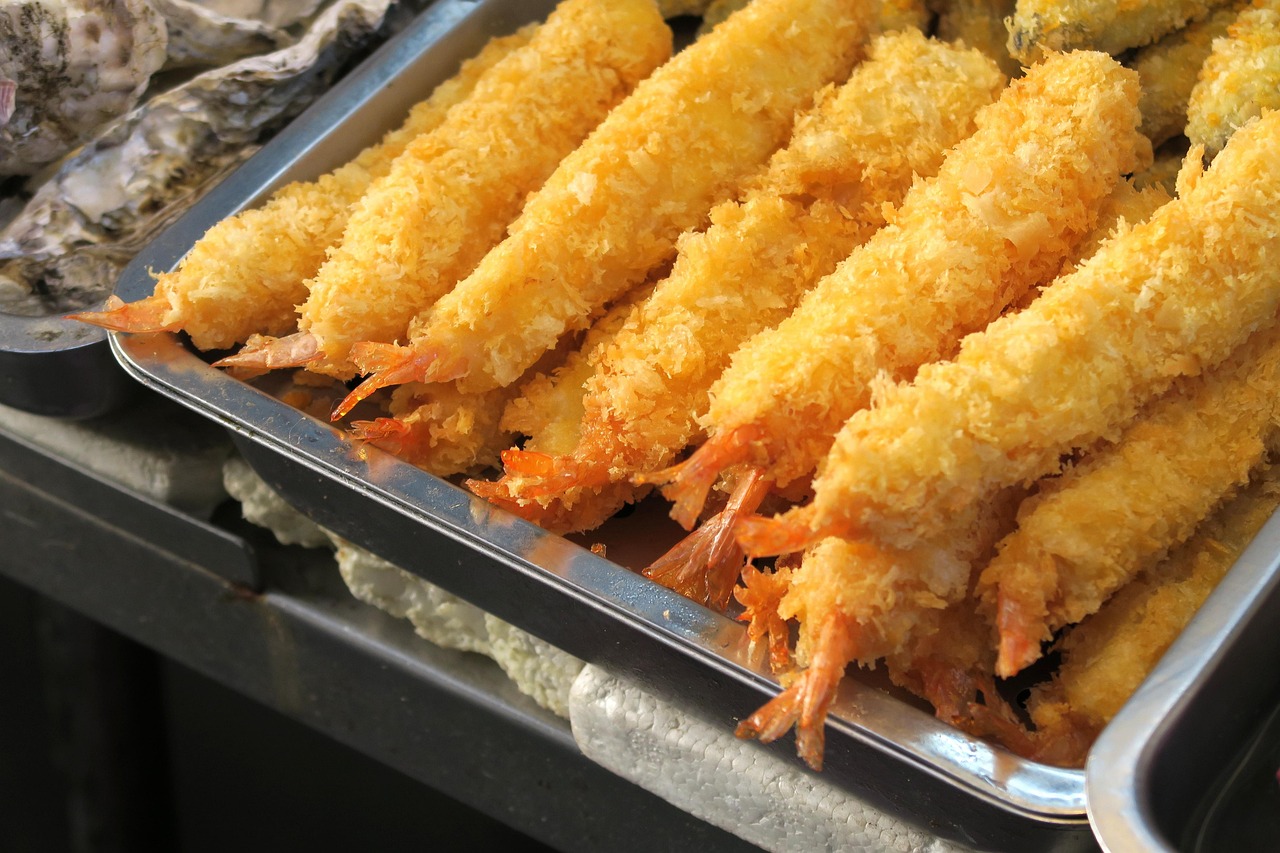
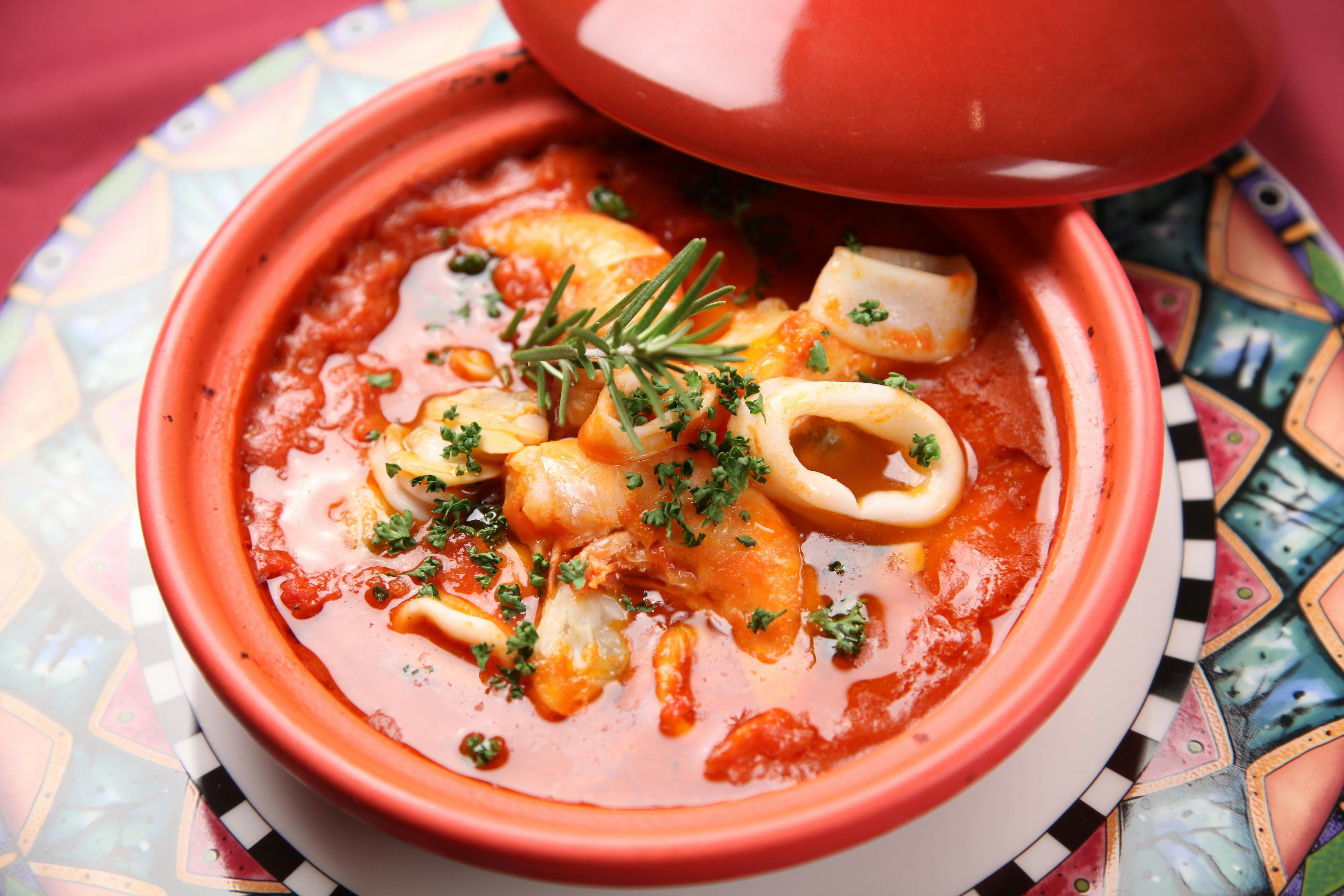
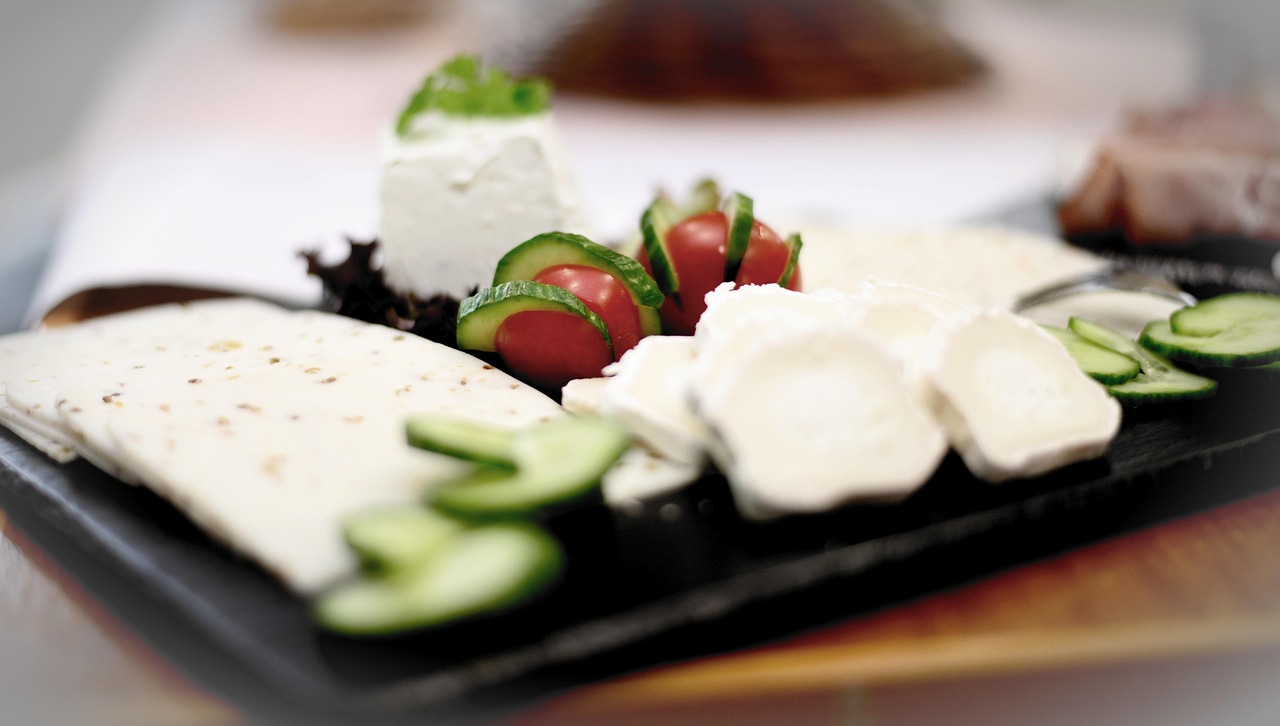
 京公网安备11000000000001号
京公网安备11000000000001号 闽ICP备2023004937号-3
闽ICP备2023004937号-3